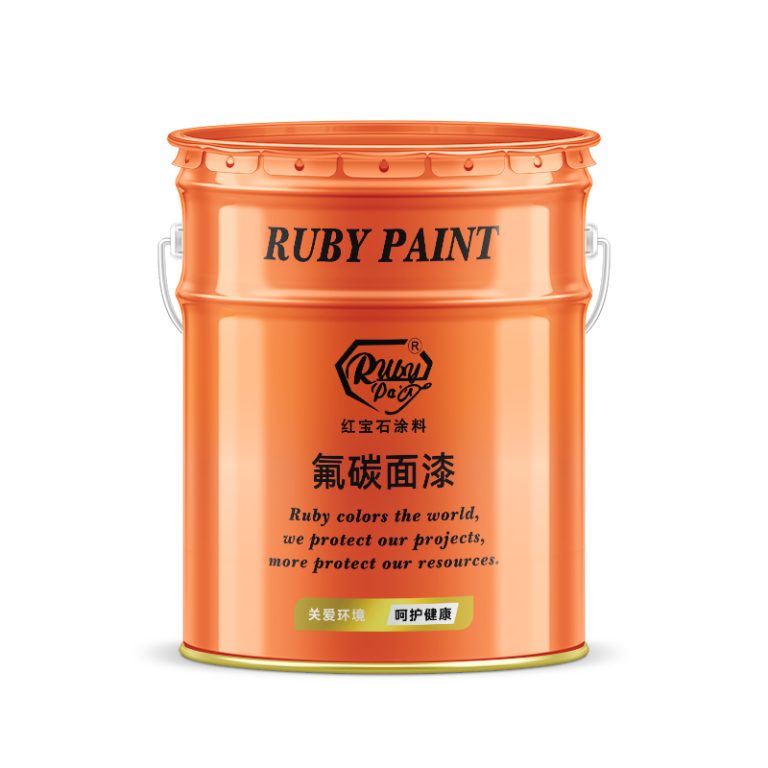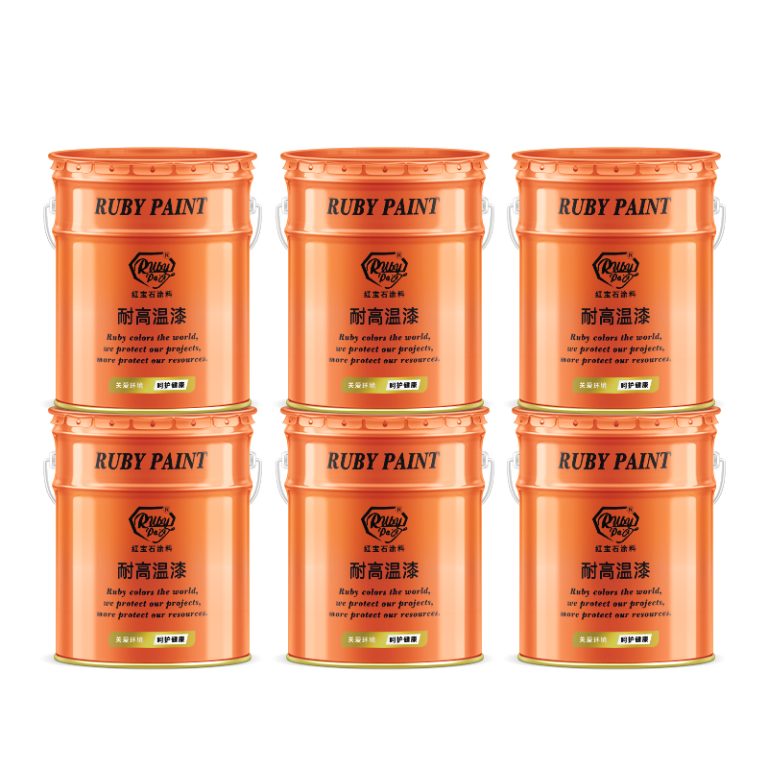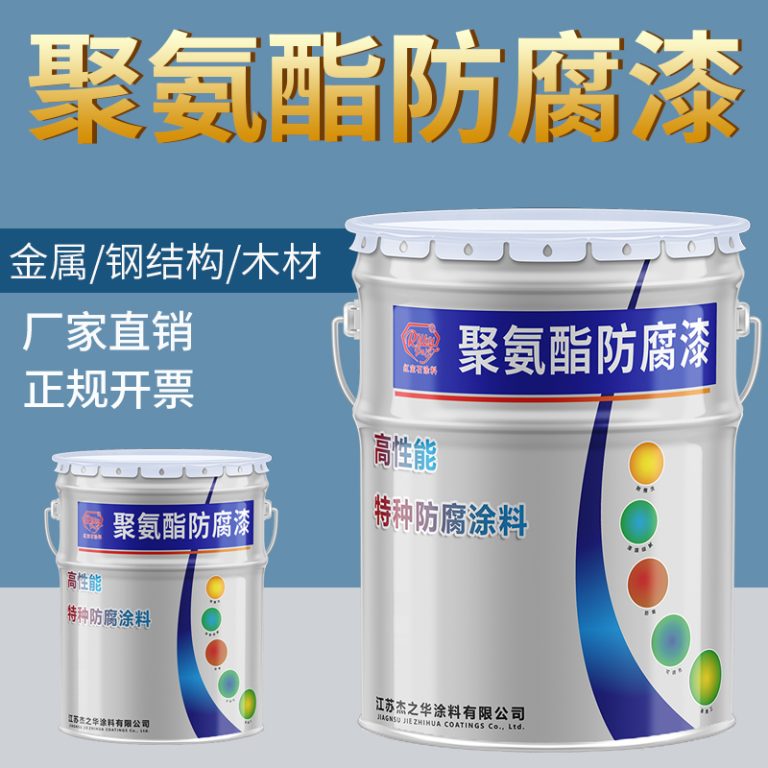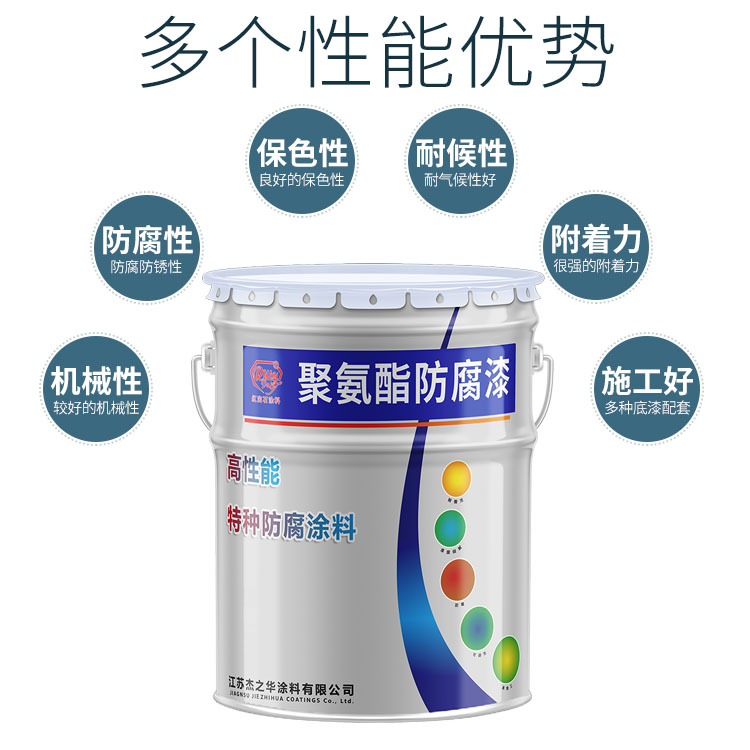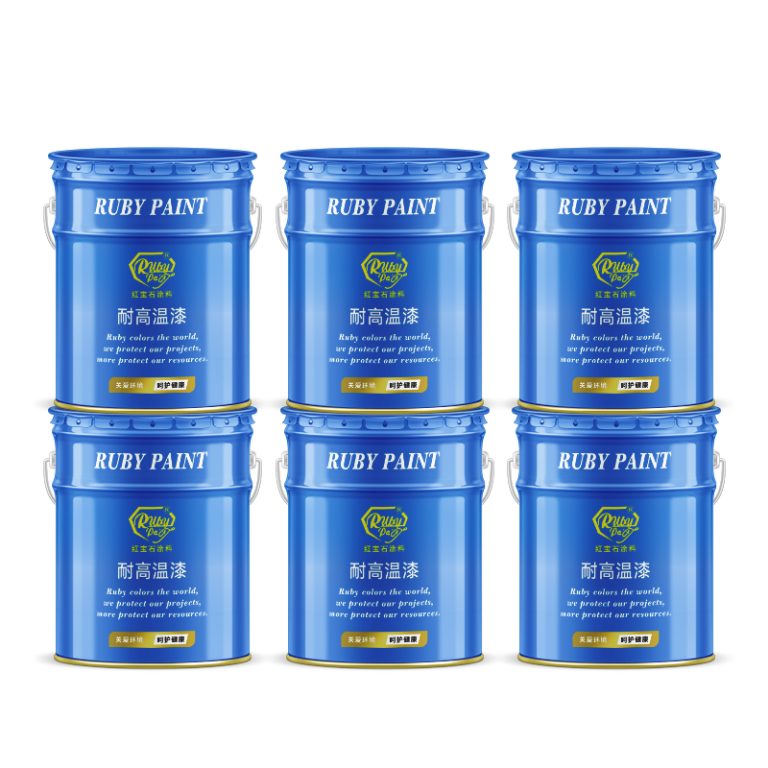Table of Contents
Factors Influencing Acrylic Paint Prices
Acrylic paint is a versatile medium used by artists around the world, known for its quick drying time and vibrant colors. However, the cost of acrylic paint can vary widely depending on several factors. Understanding these factors can help artists and buyers make informed decisions when purchasing acrylic paints.
One of the primary factors influencing the price of acrylic paint is the quality of the pigments used. High-quality pigments are often more expensive to source and produce, leading to a higher cost for the paint. Professional-grade acrylic paints, which contain a higher concentration of finely ground pigments, tend to be more expensive than student-grade paints, which may contain fillers and lower-quality pigments. The purity and intensity of the color in professional-grade paints are generally superior, providing better coverage and more vibrant results.
Another significant factor is the brand and reputation of the manufacturer. Well-established brands with a strong reputation in the art community often charge more for their products due to their perceived reliability and consistency. These brands invest in research and development to create formulas that offer specific benefits, such as increased lightfastness or a broader range of colors. Artists who require specific performance characteristics from their acrylic paints may be willing to pay a premium for these reputable brands.
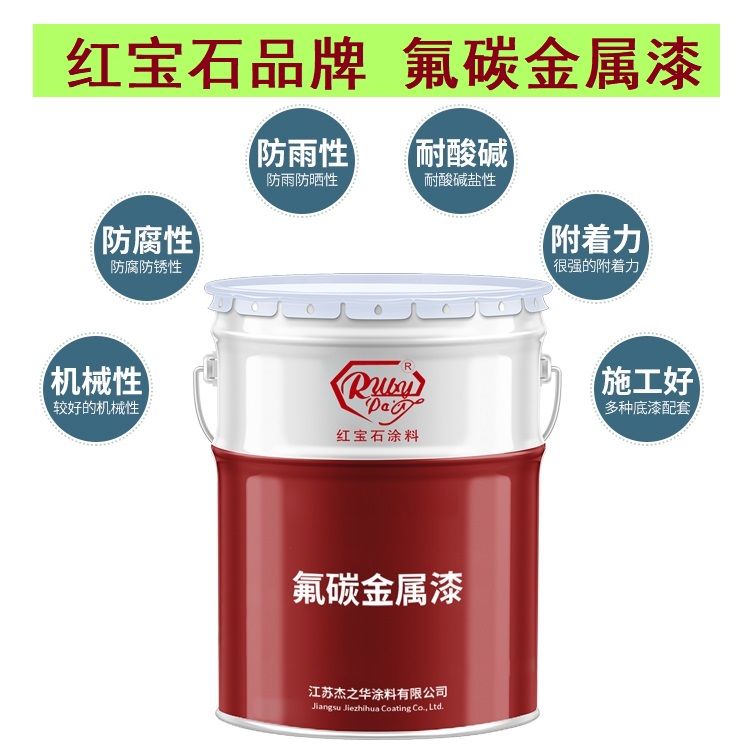
The packaging and size of the acrylic paint also play a role in determining its price. Larger quantities, such as those sold in tubes or jars, typically offer a lower cost per unit volume compared to smaller packages like individual pots or pans. Buying in bulk can be more cost-effective for artists who use large amounts of paint, while smaller packages may be more suitable for those who use paint sparingly or wish to experiment with different colors without committing to a large volume.
Additionally, the availability and demand for certain colors can affect the price of acrylic paint. Some pigments are rarer or more difficult to obtain, which can make them more expensive. Seasonal trends and popular color palettes can also influence demand, causing prices to fluctuate. Limited edition colors or those that are part of a special collaboration may be priced higher due to their exclusivity.
Furthermore, the production process and the environmental and safety standards adhered to by the manufacturer can impact the cost of acrylic paint. Companies that prioritize eco-friendly practices and use sustainable materials may have higher production costs, which can be reflected in the price of their products. Similarly, compliance with safety regulations and quality control measures can add to the overall cost of manufacturing acrylic paint.
| Nr. | Product |
| 1 | Fluoracarbon paint |
In conclusion, the price of acrylic paint is influenced by a variety of factors, including the quality of pigments, the brand’s reputation, packaging size, color availability, and the production process. Artists and buyers should consider these factors when selecting acrylic paints to ensure they are getting the best value for their needs. By understanding what contributes to the cost, individuals can make more informed choices that align with their artistic goals and budget constraints.
Comparison of Acrylic Paint Rates Across Different Brands
Acrylic paint is a versatile medium used by artists worldwide, known for its quick drying time and vibrant colors. When it comes to purchasing acrylic paints, artists are often faced with a wide range of options, as numerous brands offer varying qualities and prices. Understanding the differences in acrylic paint rates across different brands can help artists make informed decisions that suit their budget and artistic needs.
One of the most popular brands known for its high-quality acrylic paints is Golden Artist Colors. Golden paints are renowned for their exceptionally smooth consistency and highly pigmented colors. However, this quality comes at a premium price. Golden’s Heavy Body Acrylics, for example, are typically priced higher than many other brands on the market. This makes Golden a preferred choice for professional artists who require top-tier performance and longevity in their artworks.
On the other hand, Liquitex is another well-regarded brand that offers a range of acrylic paints, including their Basics line which is targeted towards students and beginners. The Liquitex Basics are more affordably priced compared to Golden’s offerings, making them an attractive option for those who are new to acrylic painting or are working within a tighter budget. Despite the lower price, Liquitex Basics still maintains a good level of quality, with decent pigment load and durability.
For those looking for an even more economical option, brands like Arteza provide acrylic paints that are significantly cheaper than both Golden and Liquitex. Arteza’s acrylics are known for their affordability and are quite popular among hobbyists and casual painters. While they may not offer the same level of pigmentation or consistency as the higher-end brands, they still provide satisfactory results for many types of projects and are an excellent choice for practice or experimentation.
| Number | Product |
| 1 | Fluoracarbon primer paint |
Transitioning from professional to student-grade paints, it’s important to consider the specific needs of the project at hand. For instance, while a professional artist might require paints with high lightfastness and viscosity for a commissioned piece, a beginner might prioritize cost-effectiveness and ease of use. Each brand offers unique advantages that cater to different levels of expertise and artistic requirements.
Moreover, when comparing acrylic paint rates, it’s crucial to look beyond just the price per tube or jar. Factors such as pigment concentration, lightfastness, and the overall quality of ingredients play a significant role in determining the true value of the paint. A higher-priced acrylic paint might initially seem expensive, but if it offers superior coverage and longevity, it could prove to be more cost-effective in the long run.
In conclusion, the rate of acrylic paints varies significantly across different brands, each catering to distinct segments of the art community. From high-end options like Golden Artist Colors to budget-friendly choices like Arteza, artists have a plethora of choices to fit their specific needs and budgets. By carefully considering factors such as quality, performance, and cost, artists can select the right acrylic paints that not only enhance their creative expression but also provide the best value for their investment.

